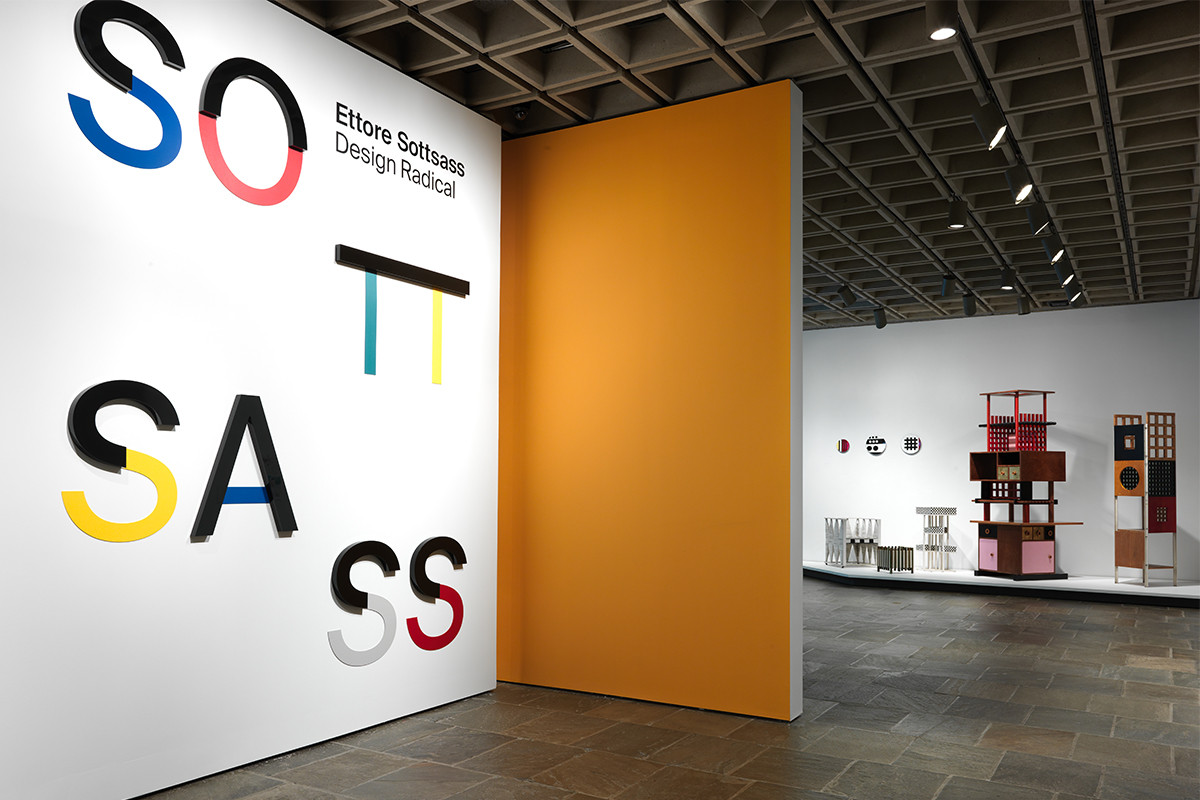
NY | Ettore Sottsass: Design Radical
Italian design polymath Ettore Sottsass would have turned 100 this year, but his inimitable and wildly creative designs feel more relevant than ever. Currently on view at the Met Breuer, Ettore Sottsass: Design Radical, the museum’s first exhibition dedicated solely to design, offers a comprehensive survey of the Italian renegade’s remarkable career.
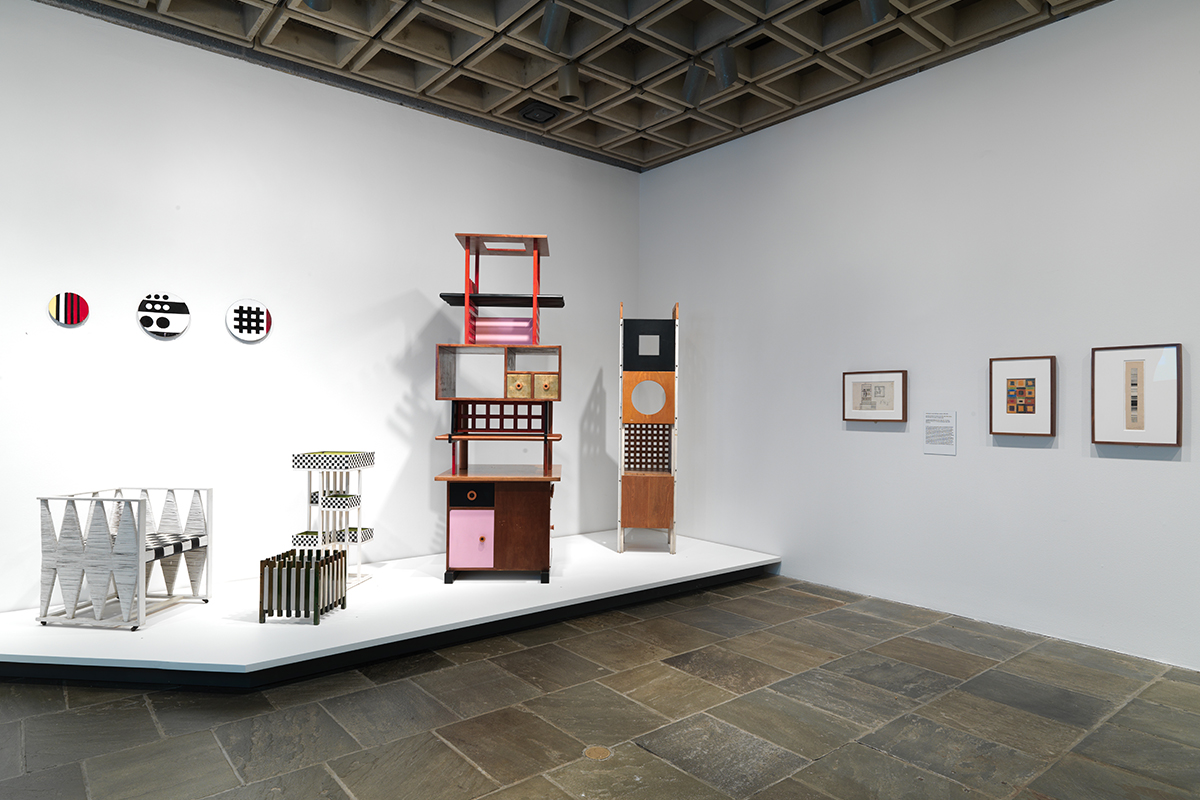
“It is important to realize that whatever we do or design has iconographic references, it comes from somewhere.”
Trained as an architect, Austrian born Sottsass founded his studio in Milan in 1947, originally adhering to the modernist milieu of the day. A born iconoclast, he soon broke free of the era’s strict design edicts in favor of creations that evinced symbolism, humanism and ancient iconography. Sottsass, while postmodern in his approach, was hyper-aware of the past. He once said, “It is important to realize that whatever we do or design has iconographic references, it comes from somewhere.”

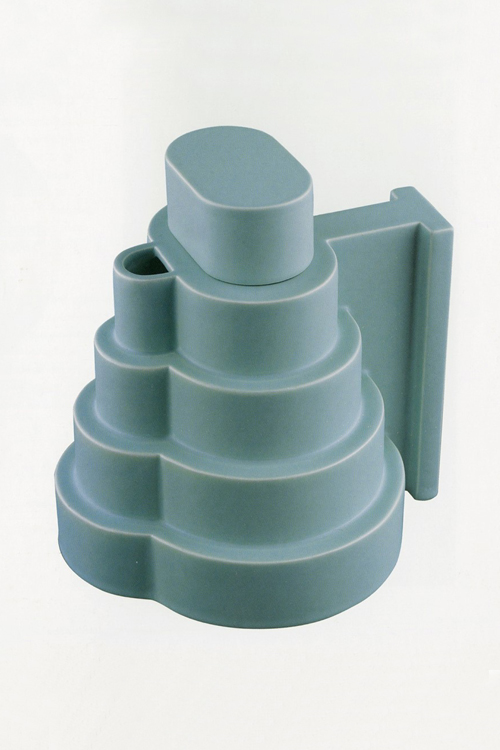
Indeed, the iconic Italian designer wasn’t afraid to declare his sources. This sense of erudition - and design’s ever-evolving genealogy - is explored in the exhibition’s “Masters” section, where Sottsass’s works, including sketches, large ceramics and original furniture, are paired with examples of other 20th century iconoclasts including Jean Michel Frank, Gio Ponti, Piet Mondrian, and Shiro Kuramata.
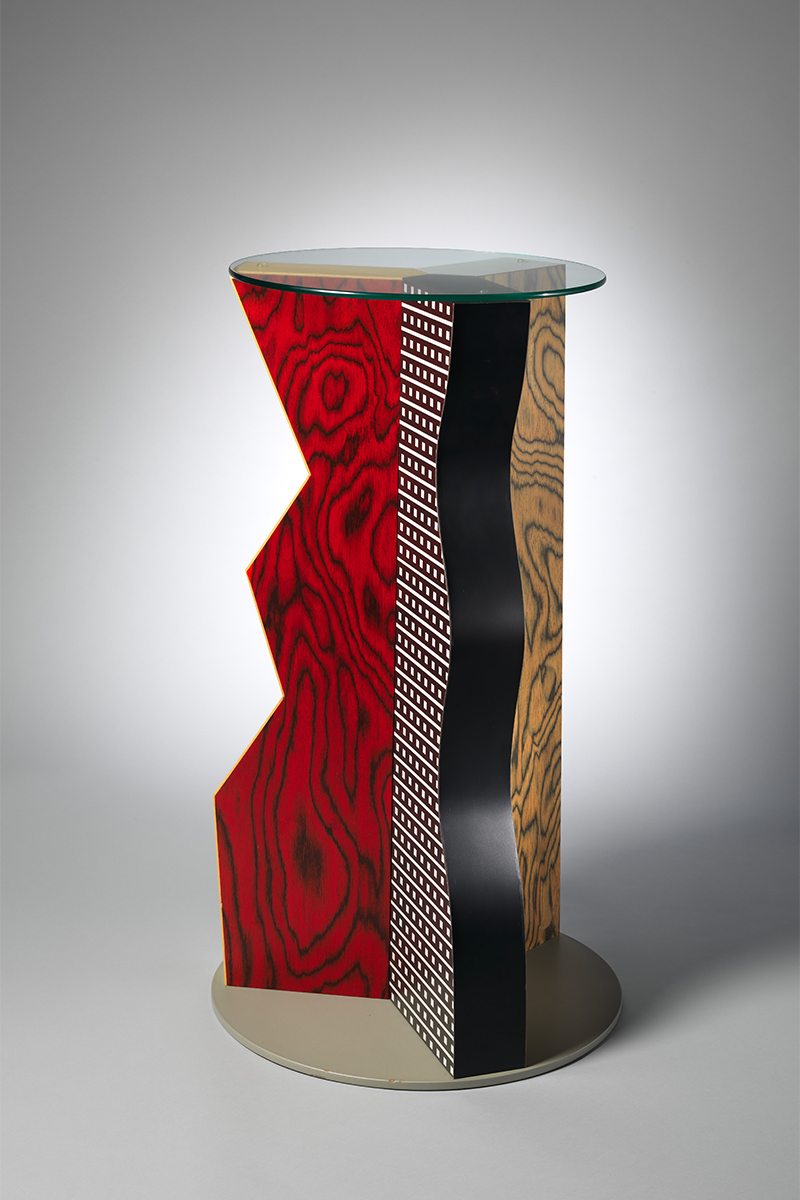
Memphis, the design collective Sottsass co-founded, launched at the Milan Furniture Fair in September 1981. Outré, kitsch and laden with historical references, the movement presented an outlandish contrast to the era’s prevailing notions of form and function. With kitschy silhouettes and a high/low material palette, it was no surprise that the initial collection (bought in its entirety by Karl Lagerfeld) proved controversial (It was once derided as a “shotgun wedding between the Bauhaus and Fisher-Price.”)

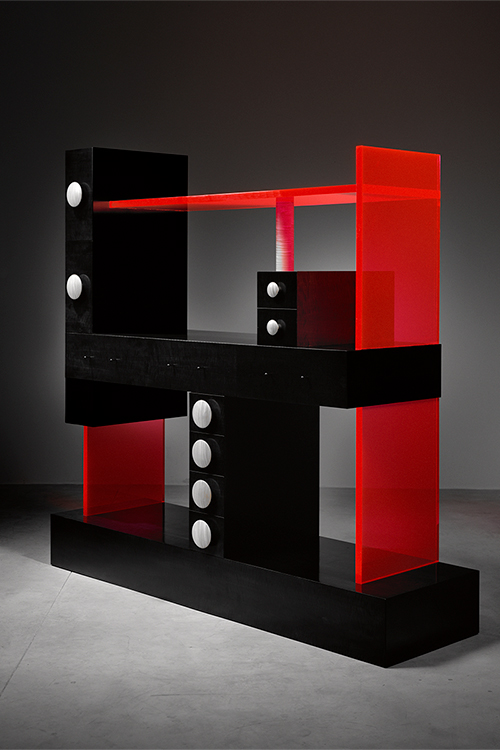
It couldn’t last and it didn’t. Memphis disbanded in 1987, but the collective’s designs have seen a widespread revival. Sottsass, who returned to his eponymous firm, continued to maintain a prodigious output, producing illustrations, interiors, furniture, textiles and ceramics. Despite his dexterity in moving between mediums, he didn’t differentiate creatively, declaring “I make no special difference between architecture and design, they are two different stages of invention.”

 The Future Perfect
The Future Perfect